Mastering the Art of Light and Shadow in Painting
Painting is not merely about applying color to a canvas; it’s an intricate dance between light and shadow. These two elements are the lifeblood of any artwork, breathing depth and realism into your creations. Imagine standing in a sunlit room, where the light casts a warm glow on your favorite objects. The way shadows stretch and contort can transform a mundane scene into something magical. By mastering the art of light and shadow, you can elevate your paintings from simple representations to breathtaking experiences that captivate viewers.
Understanding how to manipulate light and shadow can feel like uncovering a hidden language. Each brushstroke can convey emotions, set a mood, or even tell a story. The interplay of light and shadow not only enhances the visual appeal of your artwork but also guides the viewer's eye, creating a journey through your piece. As we delve deeper into this fascinating subject, you’ll discover that the secrets to achieving stunning effects lie in the subtleties of these two elements.
In this article, we will explore essential techniques and concepts that will help you effectively use light and shadow in your paintings. From understanding the nuances of natural and artificial light to mastering the types of shadows and their applications, you will gain a comprehensive toolkit to enhance your artistic expression. So, grab your brushes and let’s embark on this illuminating journey together!
When it comes to painting, light is your best friend. It shapes how we perceive colors and forms, creating a vibrant atmosphere in your artwork. Think about how the golden hour transforms a landscape, bathing everything in a warm glow, or how a single spotlight can create dramatic tension on a stage. Understanding the role of light is crucial for any painter looking to convey emotion and mood.
Natural light, with its ever-changing qualities, can bring a sense of dynamism to your work. It can evoke feelings of calmness or excitement, depending on the time of day and weather conditions. Conversely, artificial light can create stark contrasts and dramatic shadows, perfect for more intense or moody pieces. By experimenting with different light sources, you can discover how they affect the color palette and overall feel of your work.
Now that we’ve established the significance of light, let’s shine a light on shadows. Shadows are not just dark areas; they are essential for adding dimension and realism to your paintings. They help define shapes and create the illusion of depth, making your subjects appear more lifelike. Understanding the different types of shadows and how to incorporate them into your work is vital for any aspiring artist.
To fully grasp the role of shadows, it’s important to differentiate between cast shadows and form shadows. Cast shadows are those that are created when an object blocks light, resulting in a shadow on a surface. They can be sharp and defined, or soft and blurred, depending on the light source. On the other hand, form shadows are the darker areas on the object itself, created by the object’s curvature and the way light hits it. Both types of shadows work together to create a cohesive composition, guiding the viewer’s eye and enhancing the overall narrative of your painting.
To paint realistic cast shadows, you need to first understand the light source and the surface on which the shadow is cast. Consider the angle of the light and how it interacts with the object. Shadows are not always black or gray; they can take on hues from the surrounding environment. For instance, a shadow cast on a grassy field may have hints of green. Pay attention to these subtleties, and your cast shadows will start to feel more authentic.
Form shadows are crucial for creating the illusion of volume and three-dimensionality in your subjects. They help define the contours of an object, making it appear as if it’s popping off the canvas. To effectively use form shadows, observe how light interacts with the shapes in your painting. Use softer edges and varying tones to convey the gradual transition from light to shadow. This technique will add depth and interest, making your subjects feel more tangible.
Light doesn’t just illuminate; it also interacts with color, affecting how we perceive hue and saturation. This interaction can dramatically alter the mood of your painting. For example, warm colors can appear even warmer when illuminated by sunlight, while cooler colors can recede into the background. Understanding this relationship allows you to manipulate color and light to evoke specific feelings and reactions in your audience.
Now that we have a solid understanding of light and shadow, let’s explore some techniques to bring these concepts to life in your artwork. Two powerful methods are glazing and scumbling. These techniques can help you achieve stunning effects that will elevate your paintings to new heights.
Glazing involves applying thin, transparent layers of paint over dried layers to create a sense of depth. This technique allows you to build up colors gradually, enhancing the interplay of light and shadow. By layering different colors, you can achieve a luminous effect that mimics the way light interacts with surfaces in real life. Experiment with different color combinations and watch as your painting transforms into a vibrant piece of art.
Scumbling is another technique that can add texture and subtle variations in light and shadow. This method involves applying a lighter, opaque layer of paint over a darker base, allowing some of the underlying color to show through. The result is a rich, textured surface that adds visual interest and complexity to your work. Use scumbling to create soft highlights or to enhance the shadows in your paintings, giving them a more dynamic quality.
- What is the best way to practice light and shadow in painting? Start by studying real-life objects under different lighting conditions. Practice sketching or painting from life to observe how light interacts with forms.
- Can I use digital tools to learn about light and shadow? Absolutely! Digital painting software often has features that allow you to experiment with light and shadow easily.
- How do I know when my shadows look realistic? Step back from your work and observe it from a distance. Shadows should enhance the forms without overpowering them.
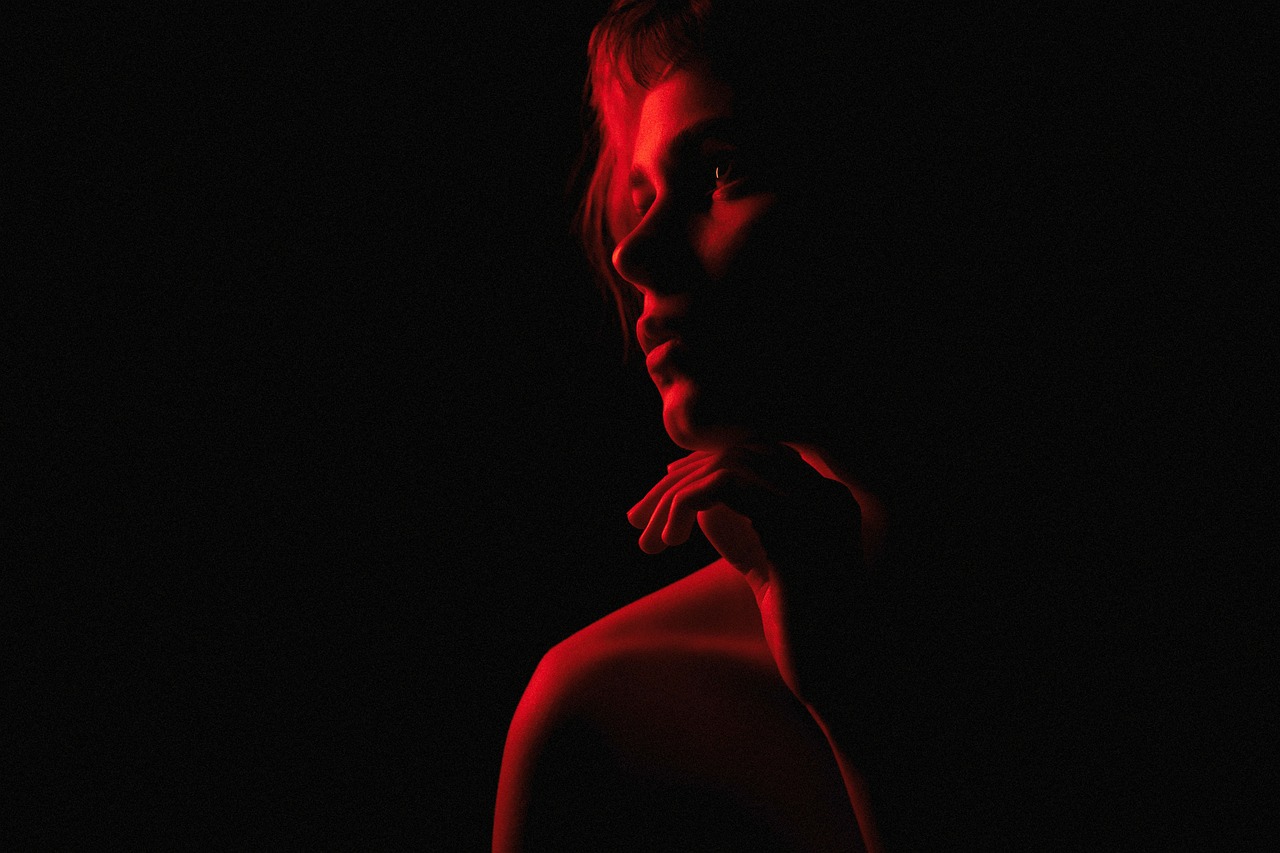
The Importance of Light in Painting
Understanding how light affects color and form is crucial for painters who aspire to create compelling and realistic artworks. Light is not just a source of illumination; it is a dynamic element that shapes the perception of objects in your painting. Think of it as the artist's magic wand, transforming a flat canvas into a vibrant world filled with depth and emotion. By mastering the use of light, you can evoke feelings, create atmosphere, and guide the viewer's eye to the focal points of your artwork.
Natural light, for instance, changes throughout the day. The golden hour, just before sunset, casts a warm, soft glow that can make even the simplest scenes appear enchanting. On the other hand, artificial light can create stark contrasts, adding drama and intensity to your paintings. Understanding these variations allows you to manipulate light to your advantage, enhancing the mood and story behind each piece.
Moreover, the interaction of light with color is a fascinating subject. When light hits an object, it can enhance or diminish the colors we perceive. For example, a bright light can make colors appear more vibrant, while a dim light can mute them, creating a more subdued atmosphere. This interplay is essential for achieving the desired effect in your artwork. By observing how light influences color in the real world, you can replicate these effects on your canvas, making your paintings come alive.
To illustrate the significance of light in painting, consider the following table that highlights different types of light and their effects on artwork:
| Type of Light | Effect on Painting |
|---|---|
| Natural Light | Creates soft shadows and enhances color vibrancy, especially during sunrise and sunset. |
| Artificial Light | Can create harsh contrasts and dramatic effects, useful for emphasizing certain elements. |
| Diffused Light | Softens edges and reduces shadows, ideal for portraits and delicate subjects. |
| Backlighting | Illuminates the outline of a subject, creating a halo effect that adds intrigue. |
In conclusion, the importance of light in painting cannot be overstated. It is the backbone of your composition, guiding the viewer's emotions and perceptions. By paying close attention to how light interacts with your subjects, you can create stunning pieces that resonate with your audience. So, the next time you pick up your brush, remember that light is your greatest ally in the quest for artistic excellence.
- How can I practice using light in my paintings? Start by observing how light affects objects in your environment. Experiment with different lighting conditions and note the changes in color and shadow.
- What are some common mistakes artists make with light? Many artists either ignore the role of light or overemphasize it, leading to unrealistic representations. Balance is key.
- Can I use artificial light for painting from life? Absolutely! Just be mindful of the color temperature and intensity of the artificial light to achieve the desired effect.

Understanding Shadow: Types and Techniques
Shadows are like the unsung heroes of painting; they quietly enhance the beauty and realism of your artwork. Without shadows, your paintings would look flat and lifeless, much like a pancake without syrup. Understanding the types of shadows and the techniques to create them can transform your art from ordinary to extraordinary. So, let’s dive into the world of shadows and discover how they can bring your paintings to life!
First off, it's important to recognize that not all shadows are created equal. There are primarily two types of shadows you need to be aware of: cast shadows and form shadows. Each type plays a unique role in defining the depth and dimensionality of your subjects. Think of cast shadows as the footprints left behind by an object blocking a light source, while form shadows are the subtle gradients that wrap around the object itself, giving it volume and shape.
To really get a handle on shadows, let’s break down the differences between cast shadows and form shadows. Cast shadows are created when an object blocks light from hitting a surface. They tend to be sharper and more defined, depending on the light source's intensity and angle. On the other hand, form shadows are softer and more gradual, appearing where the light hits the object less directly. They are essential for conveying the curvature and texture of the subject.
Imagine a round apple sitting on a table. The shadow that the apple casts on the table is a cast shadow—it’s the apple's way of saying, "Hey, I'm here!" In contrast, the shadow on the apple itself, where the light doesn’t reach, is the form shadow, giving the apple its roundness and depth. Understanding these distinctions is crucial for achieving a realistic portrayal in your paintings.
Now, let’s talk about how to create realistic cast shadows. The key lies in understanding the light source and the surface on which the shadow is cast. Consider the following factors:
- Light Source: Determine where your light is coming from. Is it a warm sunlight pouring through a window or a cold fluorescent bulb? The quality of light will influence the shadow’s color and intensity.
- Distance: The distance between the object and the surface affects the shadow’s size and sharpness. Shadows become larger and more diffuse as the object moves further away from the surface.
- Surface Texture: A rough surface will create a more textured shadow, while a smooth surface will yield cleaner lines.
By considering these elements, you can create cast shadows that not only look realistic but also enhance the overall composition of your painting.
Next, let’s explore form shadows and how they contribute to the illusion of volume in your subjects. Form shadows are created by the light interacting with the object's surface. To effectively use form shadows, focus on the following techniques:
- Gradation: Use a gradual transition from light to dark to depict the curvature of the object. This technique will give your subject a three-dimensional appearance.
- Color Variation: Incorporate subtle color changes in your shadows to reflect the light's influence on the object. For instance, a warm light source might cast a golden hue on the shadowed area.
- Edge Softness: Vary the sharpness of the edges of your shadows. Softer edges can suggest a rounded form, while sharper edges can imply a more angular shape.
By mastering form shadows, you can create a sense of depth that draws viewers into your artwork, making them feel as if they could reach out and touch the objects depicted.
In conclusion, understanding the types of shadows and how to manipulate them is essential for any painter looking to add depth and realism to their work. Shadows are not just dark areas; they are powerful tools that can define shapes, create mood, and enhance the overall visual narrative of your paintings. So grab your brush and start experimenting with light and shadow—it’s time to elevate your art to new heights!
Q: What is the difference between cast shadows and form shadows?
A: Cast shadows are created when an object blocks a light source, while form shadows are the gradual transitions of light and dark on the object's surface that give it depth.
Q: How can I make my shadows look more realistic?
A: Pay attention to the light source, the distance between the object and the surface, and the texture of the surface to create more realistic shadows.
Q: Are there specific colors I should use for shadows?
A: Yes, shadows can have subtle color variations influenced by the light source. Warm light may cast shadows with warmer hues, while cool light may produce cooler shadows.
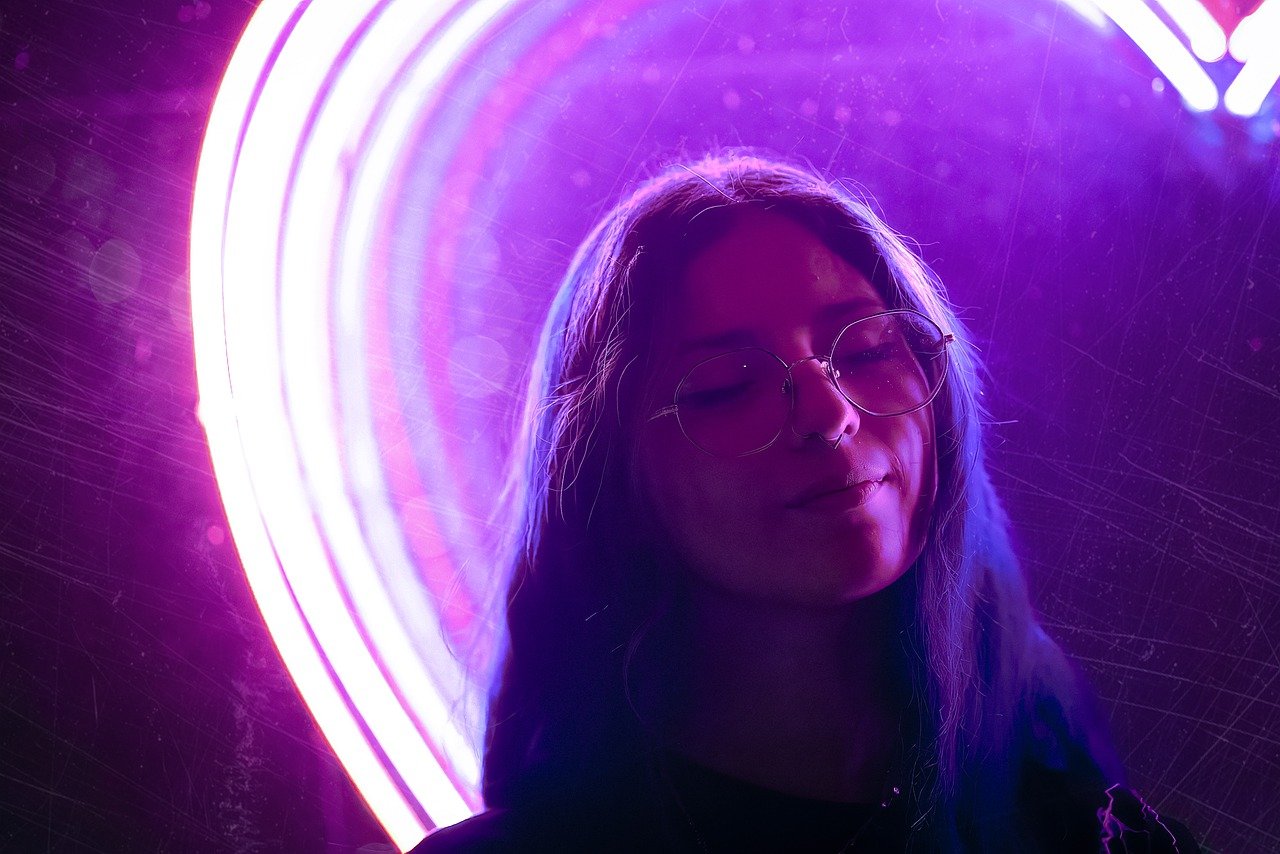
Cast Shadows vs. Form Shadows
When it comes to the world of painting, shadows play a pivotal role in creating depth and realism. Understanding the difference between cast shadows and form shadows is essential for any artist looking to elevate their work. Think of shadows as the unsung heroes of your canvas; they add dimension and intrigue, transforming a flat image into a vibrant, three-dimensional experience. But what exactly sets these two types of shadows apart?
Cast shadows are the shadows that are created when an object blocks a light source, casting a shadow onto another surface. Imagine a tree on a sunny day: the sunlight streams through the branches, and the tree's trunk casts a long shadow onto the ground. This shadow not only indicates the presence of the tree but also gives the viewer a sense of where the light is coming from. Cast shadows are typically darker and more defined, showcasing the shape of the object that is blocking the light. They can vary in intensity based on the distance from the light source, the angle of the light, and the surface on which they fall. The interplay of these elements can lead to striking compositions that draw the viewer's eye.
On the other hand, form shadows occur on the object itself, representing the areas that are not directly illuminated by the light source. These shadows are softer and more subtle, creating the illusion of curvature and volume. To visualize this, think of a round apple sitting on a table. The side of the apple facing the light will be bright and vibrant, while the opposite side will be shaded, giving it a rounded appearance. Form shadows are crucial for conveying the three-dimensionality of objects, as they help to define their shape and texture. Without them, a painting can appear flat and lifeless.
To summarize, here’s a quick comparison of the two:
| Aspect | Cast Shadows | Form Shadows |
|---|---|---|
| Definition | Shadows cast by an object blocking a light source. | Shadows on the object itself, indicating curvature. |
| Intensity | Darker and more defined. | Soften and more subtle. |
| Purpose | Indicates the light source and adds dimension. | Creates the illusion of volume and texture. |
By mastering both cast and form shadows, you can create a harmonious balance in your paintings, making them not just visually appealing but also emotionally resonant. When you combine these techniques effectively, you invite the viewer into a world that feels alive and dynamic. So, the next time you sit down to paint, take a moment to consider how light interacts with your subjects, and let both types of shadows work their magic on your canvas.
- What is the main difference between cast shadows and form shadows? Cast shadows are created on surfaces by an object blocking light, while form shadows are the shaded areas on the object itself.
- How can I practice painting shadows effectively? Start by observing real-life objects under different lighting conditions and try to replicate the shadows you see in your paintings.
- Can I use both types of shadows in the same painting? Absolutely! Using both cast and form shadows can enhance the realism and depth of your artwork.
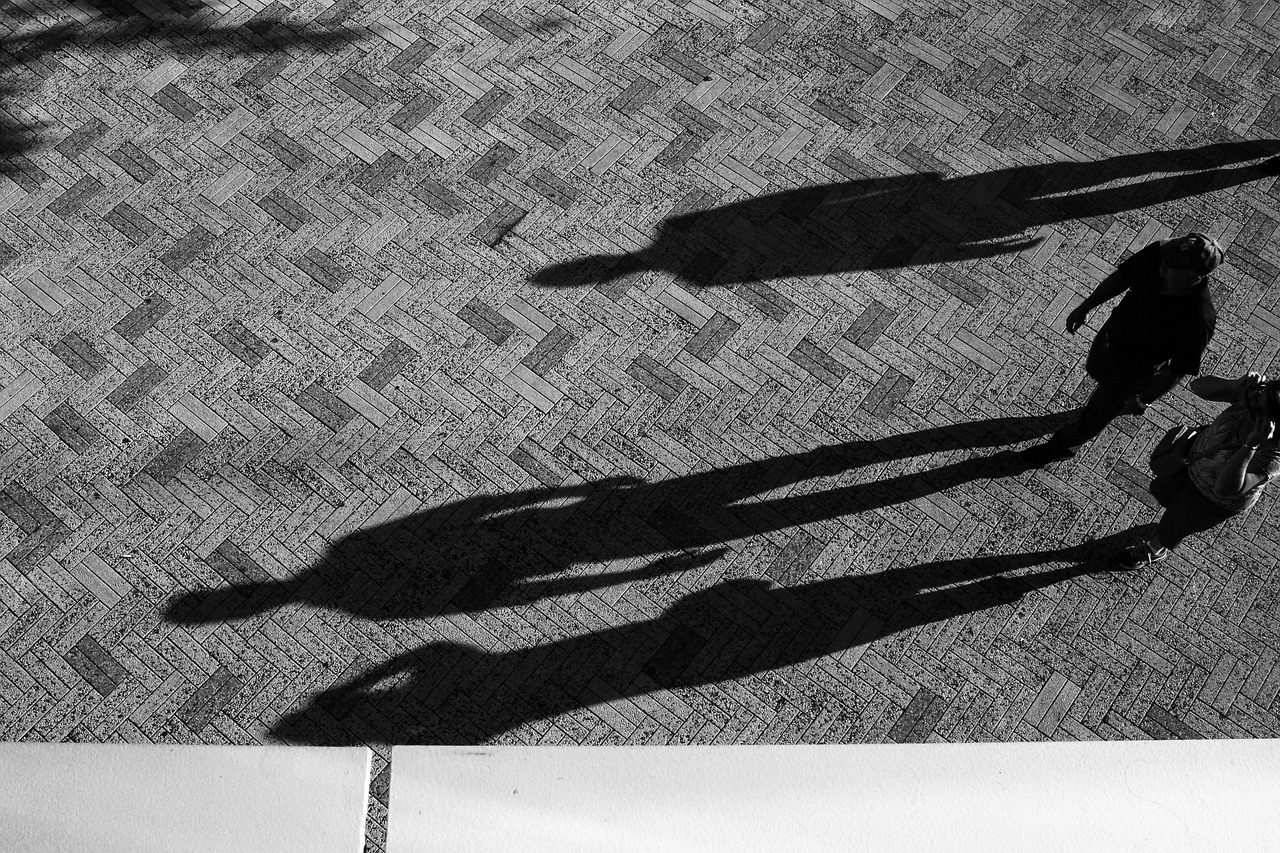
Creating Realistic Cast Shadows
When it comes to painting, realistic cast shadows can truly elevate your artwork, adding a layer of depth and dimension that draws the viewer in. To achieve this, it’s essential to first understand the light source in your composition. Is it a bright, midday sun or a soft, diffused light from a cloudy sky? The nature of your light source will dictate not only the intensity of your shadows but also their direction and length. For instance, a low light source will cast longer shadows, while a high light source will produce shorter ones.
Next, consider the surface on which the shadow is cast. Different materials will absorb and reflect light differently, influencing the shadow's appearance. A shadow on a rough surface, like concrete, will have more texture and irregularities compared to one on a smooth surface, such as glass. This variation is crucial for creating a sense of realism in your paintings.
To effectively paint cast shadows, follow these steps:
- Study the light: Observe how light interacts with objects in real life. Notice how shadows change throughout the day.
- Sketch the outlines: Start by lightly sketching the shape of the shadow. This helps in establishing the correct proportions.
- Layer your colors: Use a combination of dark hues to create the base of the shadow. Remember, shadows are rarely black; they often contain hints of the colors from the surrounding environment.
- Blend and soften: Use a brush or your fingers to blend the edges of the shadow, creating a gradient effect that mimics how shadows appear in reality.
One technique that can be particularly effective is to use a color wheel to understand how colors interact under different lighting conditions. For instance, a shadow cast from a red object might take on a bluish hue due to the color temperature of the light. This subtlety can make your shadows feel more lifelike and integrated into the scene.
Finally, don’t forget to step back and evaluate your work from a distance. Sometimes, what looks perfect up close can appear off when viewed from afar. Adjust the intensity and shape of your shadows as needed to ensure they enhance rather than detract from your overall composition. Remember, the goal is to create an illusion of reality, where light and shadow dance together to tell a story.
- What is the best way to practice painting shadows? Start by observing real-life objects in different lighting conditions and try to replicate their shadows in your sketches.
- Can I use black paint for shadows? While black can be used, it's often better to mix colors to achieve a more realistic shadow that reflects the surrounding hues.
- How do I know where to place shadows in my painting? Always consider the light source. Shadows will fall opposite to the light and should follow the contours of the object casting them.

Form Shadows and Volume
When it comes to painting, form shadows are your secret weapon for creating the illusion of volume and depth. Imagine holding a round object, like an apple, in your hand. The way the light hits it creates subtle shifts in color and tone, which are the very essence of form shadows. These shadows are not just dark spots on your canvas; they are the magic that transforms a flat image into a three-dimensional experience. By understanding how to manipulate these shadows, you can elevate your artwork from basic to breathtaking.
Form shadows occur on the surface of an object itself and are influenced by the direction and intensity of the light source. For instance, if your light source is coming from above, the part of the apple facing the light will be bright and vibrant, while the opposite side will exhibit a softer, darker tone. This contrast creates a sense of roundness and solidity. The beauty of form shadows lies in their ability to convey the curvature and texture of your subject, making it feel tangible and real.
To effectively paint form shadows, it’s essential to observe how they interact with the colors of your subject. For example, a bright yellow lemon will exhibit different shadow tones compared to a deep red apple. The key is to mix your paint carefully, considering both the local color of the object and the shadow color, which is often a cooler or more muted hue. This interplay is what gives your work that lifelike quality that viewers can’t help but admire.
Another crucial aspect to consider is the edges of the shadows. Form shadows typically have softer edges compared to cast shadows. This softness is what allows the viewer's eye to perceive the gradual transition from light to dark. When painting, try using a blending technique or a dry brush to achieve this effect. Remember, the goal is not to create harsh lines but rather to mimic the natural flow of light and shadow, which will ultimately enhance the volume of your subject.
To further illustrate the impact of form shadows, consider a simple exercise: take a small object, place it under a lamp, and observe how the light interacts with it. As you paint, try to capture the essence of what you see. Notice how the shadows wrap around the object's surface and how they change based on the angle of the light. By practicing this observation, you will develop a deeper understanding of how to use form shadows to your advantage.
In summary, mastering form shadows is about more than just applying dark paint to your canvas. It’s about understanding the relationship between light and form and how that relationship can be expressed through your brushwork. As you continue to practice and refine your technique, you’ll find that your ability to depict volume and depth will significantly improve, making your paintings not only more realistic but also more engaging for your audience.
- What are form shadows? Form shadows are the darker areas on an object that occur due to the shape of the object and the direction of the light source.
- How do I create realistic form shadows? Observe how light interacts with your subject, mix appropriate shadow colors, and use soft edges to depict the transition from light to dark.
- Can form shadows be painted with any medium? Yes, form shadows can be created in any painting medium, including oil, acrylic, and watercolor, though techniques may vary slightly.
- Why are form shadows important in painting? They help to create the illusion of three-dimensionality, making your artwork look more realistic and engaging.
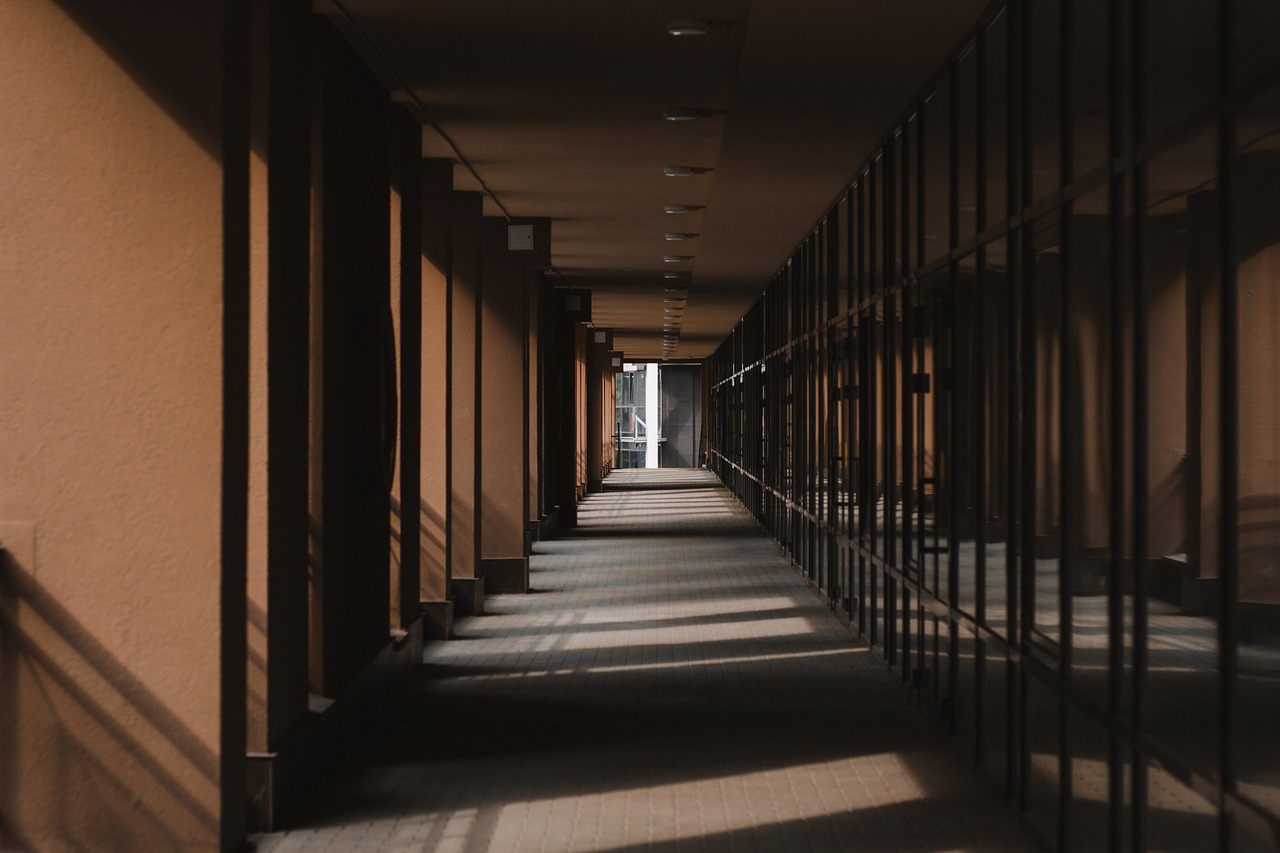
Color and Light Interaction
When we think about color in painting, it’s essential to realize that color doesn’t exist in a vacuum. Instead, it dances with light, creating a dynamic interplay that defines how we perceive everything on the canvas. Imagine walking into a room bathed in warm sunlight. The colors of the walls, furniture, and even the artwork seem to glow, don’t they? That’s the magic of light! It can transform a dull shade into a vibrant hue, or vice versa, depending on its intensity and angle.
Understanding how light interacts with color is crucial for any artist aiming to achieve realism. For instance, the same red apple can appear different when illuminated by a bright afternoon sun compared to the soft glow of a candle. The temperature of the light—whether it's warm, cool, or neutral—affects our perception of color. Warm light enhances reds and yellows, making them pop, while cool light tends to emphasize blues and greens.
Furthermore, the concept of color temperature plays a significant role in setting the mood of your painting. A sunny landscape painted with golden yellows and bright oranges can evoke feelings of joy and warmth, while a scene under a cool blue twilight can evoke calmness or melancholy. This emotional response is not just a coincidence; it’s rooted in how our brains interpret color and light. Here’s a quick breakdown:
| Light Type | Color Temperature | Emotional Impact |
|---|---|---|
| Sunlight | Warm | Joyful, Energetic |
| Overcast Sky | Cool | Calm, Reflective |
| Candlelight | Warm | Intimate, Cozy |
| Moonlight | Cool | Mysterious, Serene |
Moreover, the way colors blend and interact under different lighting conditions can create stunning visual effects. For example, a technique called optical mixing occurs when colors are placed side by side rather than mixed on a palette. When viewed from a distance, our eyes combine these colors, allowing them to appear as a new shade. This technique can be particularly effective in landscapes, where the subtle variations in light create a sense of depth and movement.
It’s also important to consider the reflective qualities of surfaces. A shiny object will reflect light differently than a matte one, affecting how we perceive its color. For instance, a glossy red apple may appear brighter and more vibrant than a matte one under the same lighting conditions. Understanding these nuances can help you create more lifelike representations in your artwork.
In conclusion, mastering the interaction of color and light is a pivotal skill for any painter. Not only does it enhance the realism of your work, but it also allows you to convey emotions and atmospheres effectively. So next time you pick up your brush, take a moment to observe how light plays with color in your surroundings. It might just inspire your next masterpiece!
- How does light affect color perception?
Light influences how we see colors, with different light sources altering their appearance. - What is the difference between warm and cool colors?
Warm colors (like reds and yellows) evoke warmth and energy, while cool colors (like blues and greens) tend to create a calming effect. - What is optical mixing in painting?
Optical mixing occurs when colors are placed next to each other, and our eyes blend them from a distance, creating a new hue.
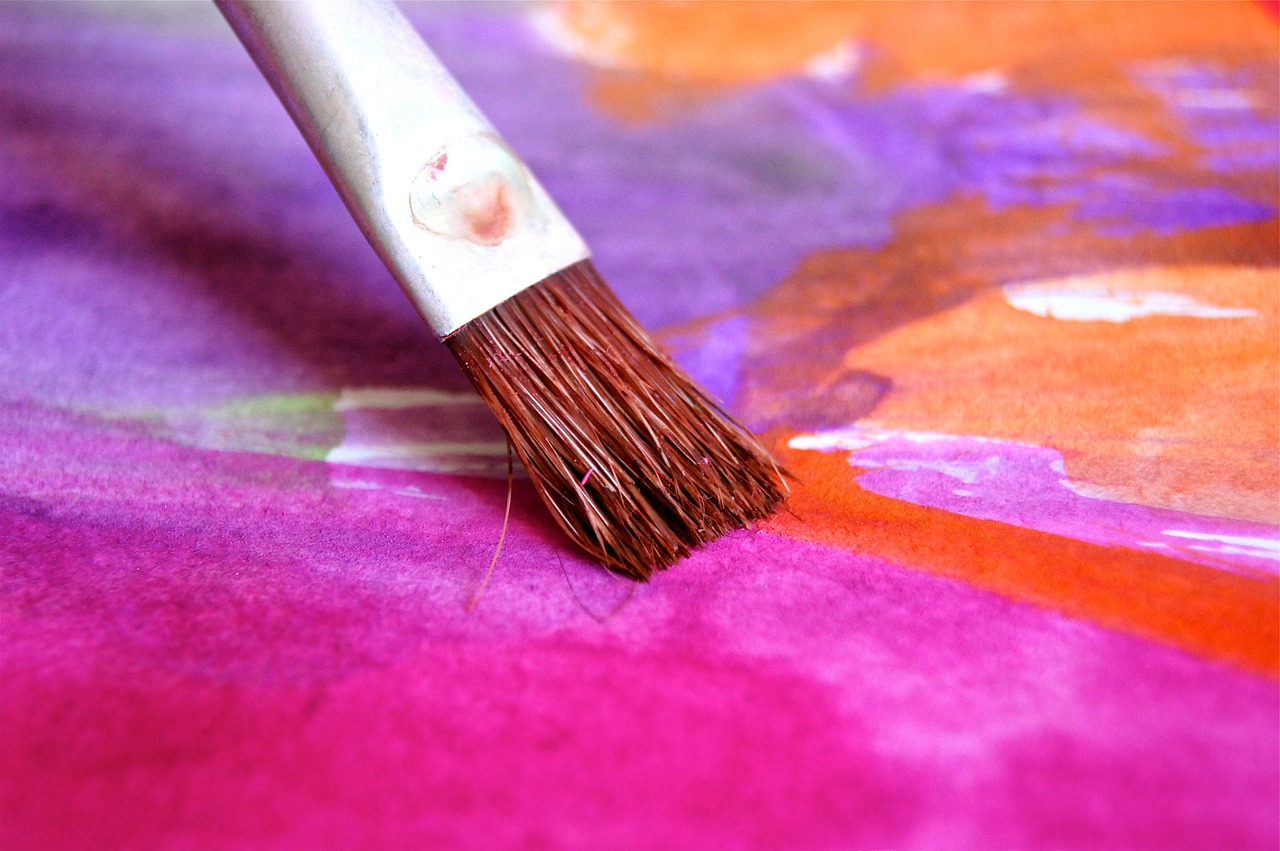
Techniques for Painting Light and Shadow
When it comes to painting light and shadow, understanding the techniques that can help you achieve a realistic effect is essential. These techniques are not just tools; they are the very brushstrokes that breathe life into your canvas. Imagine standing in a sunlit room, where the light dances across the surfaces, casting shadows that create depth and intrigue. This is the magic you want to replicate in your artwork. Two of the most effective techniques for depicting light and shadow are glazing and scumbling, each offering unique advantages that can elevate your painting to new heights.
Glazing is a technique that involves applying thin, transparent layers of paint over a dried layer. This allows the underlying colors to shine through, creating a sense of depth and luminosity. Think of it like adding layers to a cake; each layer contributes to the overall flavor and texture. When you glaze, you can manipulate the light and shadow in your painting, allowing for a more dynamic range of colors. For instance, if you want to emphasize the glow of a sunset, glazing can help you achieve that soft, warm ambiance by layering transparent yellows and oranges over a base of deeper hues.
On the other hand, scumbling is a technique that involves applying a thin, opaque layer of paint over a dried layer, allowing some of the underlying color to show through. This technique is like a whisper of texture, adding subtle variations that can mimic the way light bounces off surfaces. Scumbling can create an almost ethereal quality in your work, perfect for depicting the soft shadows of a cloudy day or the intricate textures of a tree trunk. By using a dry brush technique, you can build up layers of paint that enhance the interplay of light and shadow in your painting.
To effectively use these techniques, it’s important to start with a solid understanding of your light source. Ask yourself: where is the light coming from? Is it harsh sunlight or soft, diffused light? Understanding the direction and quality of light will guide your application of both glazing and scumbling. For example, in a scene illuminated by bright sunlight, shadows will be sharper and more defined, while in a twilight setting, shadows will be softer and more blended.
Additionally, consider the surfaces on which your light and shadow are cast. Different materials reflect light in unique ways. A shiny surface, like metal, will have sharper highlights and deeper shadows, while a matte surface, like fabric, will diffuse light more evenly. This variability can be beautifully captured through your glazing and scumbling techniques. To illustrate this, let’s take a look at a simple table that outlines the differences between these surfaces:
| Surface Type | Light Reflection | Shadow Characteristics |
|---|---|---|
| Glossy | High reflection, sharp highlights | Defined, dark shadows |
| Matte | Low reflection, soft highlights | Soft, blended shadows |
| Translucent | Partial light transmission | Diffused shadows with color variation |
By keeping these factors in mind, you can create paintings that not only depict light and shadow but also evoke emotion and atmosphere. Remember, the goal is to create a visual story that draws the viewer in, making them feel as if they are stepping into the scene you’ve created. So, grab your brushes, and let the interplay of light and shadow guide your artistic journey!
- What is the best medium for glazing? Oil paints are often preferred for glazing due to their slow drying time, allowing for more manipulation.
- Can I use scumbling with acrylics? Yes! Acrylics can be scumbled, but you'll need to work quickly as they dry faster than oils.
- How do I know when to use glazing versus scumbling? Use glazing when you want to add depth and luminosity and scumbling when you want to create texture and subtle variations.
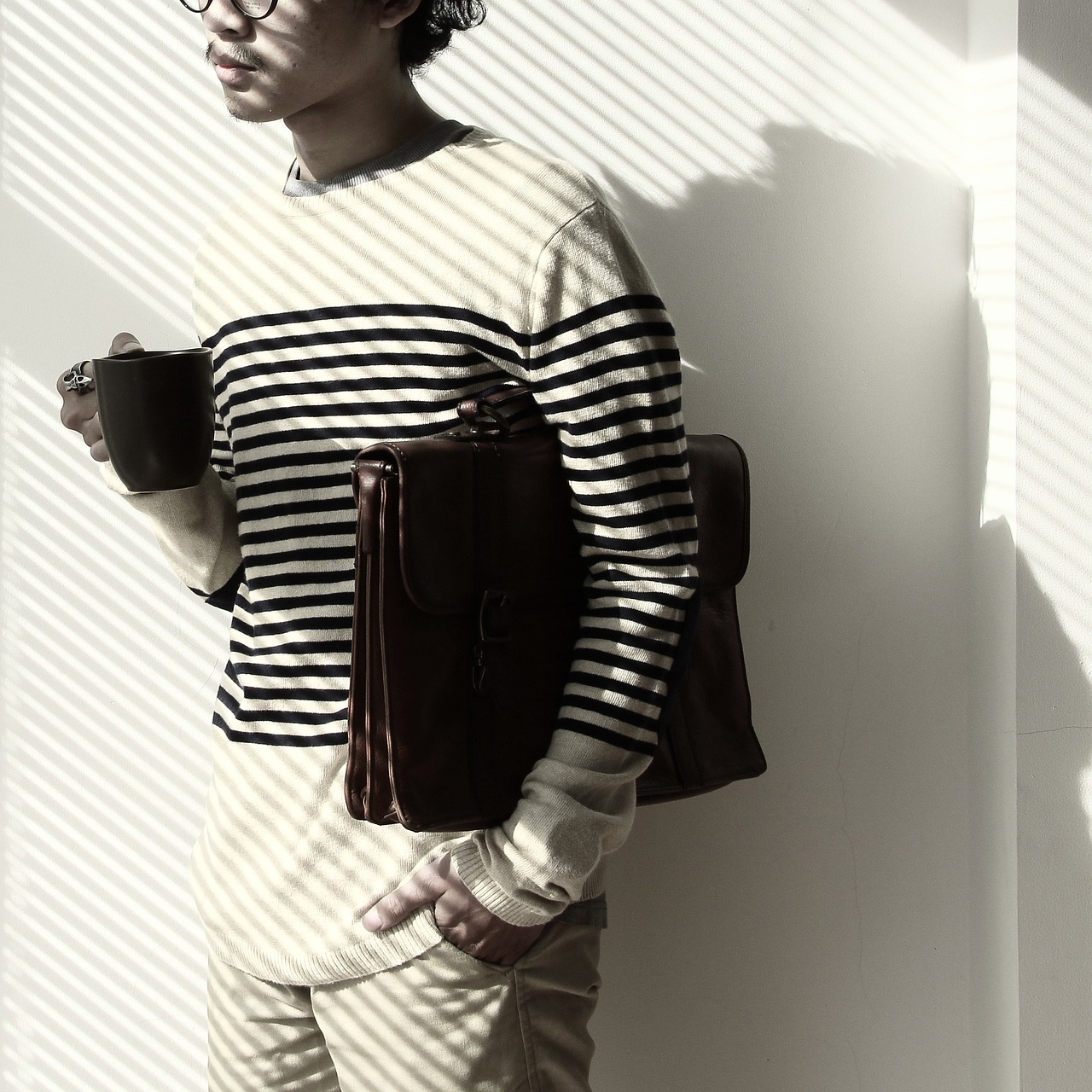
Glazing for Depth
When it comes to painting, the technique of glazing is akin to layering a delicate veil over your artwork, enhancing its depth and richness. By applying thin, transparent layers of paint, artists can create a sense of luminosity and complexity that is often hard to achieve with a single application. Think of glazing as the process of building a sandwich—each layer contributes to the overall flavor, and the more thoughtfully you construct it, the more satisfying the final result will be.
The beauty of glazing lies in its versatility. You can use it to modify colors, adjust values, and create atmospheric effects that pull the viewer into the scene. For instance, a warm glaze can transform a cool base color, giving it a sunlit glow, while a cool glaze can add a shadowy depth that suggests mystery. The interaction of these layers can be mesmerizing, almost like watching a sunset unfold in slow motion.
To effectively use glazing in your paintings, consider the following key steps:
- Choose the Right Medium: Glazing requires a medium that allows for transparency. Oil paints mixed with a glazing medium or acrylics with a glazing liquid are excellent choices.
- Start with a Dry Base: Ensure that your underpainting is completely dry before applying glazes. This prevents the colors from mixing unintentionally and maintains the integrity of your layers.
- Thin Your Paint: The key to a successful glaze is to thin your paint to a milk-like consistency. This allows the underlying colors to show through while still adding depth.
- Layer Gradually: Apply glazes in layers, allowing each to dry before adding the next. This gradual buildup creates a rich tapestry of color that can be adjusted to your liking.
One of the most fascinating aspects of glazing is how it can alter the perception of light and shadow in your work. For example, if you have a subject that is predominantly warm, adding a cool glaze can create the illusion of shadow without losing the vibrancy of the original color. This technique not only enhances the three-dimensionality of the subject but also invites the viewer to explore the nuances of light within the painting.
As you experiment with glazing, don’t hesitate to play with different colors and combinations. The process is as much about exploration as it is about technique. You might find that a simple blue glaze over a yellow base creates a stunning green hue that you never expected. This unexpected joy of discovery is what makes painting so rewarding.
In conclusion, glazing is a powerful tool in the artist's arsenal, capable of transforming flat images into vibrant, dynamic pieces of art. By understanding how to layer colors effectively, you can create depth and intrigue in your paintings that will captivate your audience. So grab your brushes, experiment with glazes, and watch your artwork come to life in ways you never imagined!
Q: What is glazing in painting?
A: Glazing is a technique where transparent layers of paint are applied over a dried base layer to enhance depth and color richness.
Q: Can I use glazing with acrylic paints?
A: Yes, glazing can be effectively used with acrylic paints by mixing them with a glazing medium to achieve transparency.
Q: How many layers should I apply when glazing?
A: The number of layers depends on the desired effect, but it's recommended to apply thin layers and allow each to dry before adding the next for the best results.
Q: What colors work best for glazing?
A: Almost any color can be used for glazing, but transparent colors tend to work best. Experiment with different combinations to see what effects you can create!
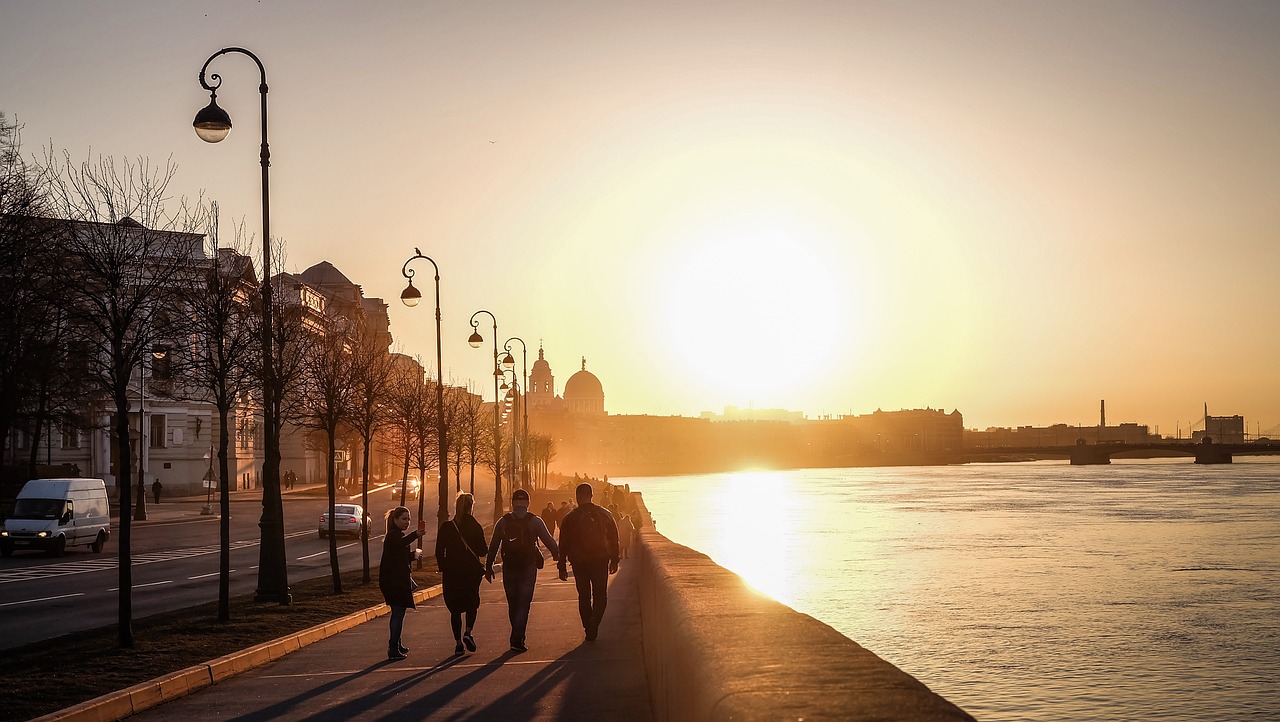
Scumbling for Texture
Scumbling is a fascinating technique that can truly elevate your paintings by adding depth and texture. Imagine the way light dances on the surface of an object, creating subtle variations that bring it to life. That’s the essence of scumbling! This method involves applying a thin, semi-opaque layer of paint over a dry layer, allowing the underlying colors to peek through. It’s like wearing a sheer scarf over a vibrant dress; the beauty of the underlying fabric enhances the overall look while adding a new dimension.
One of the best aspects of scumbling is its versatility. You can use it with various types of paint, including oil, acrylic, and watercolor, making it a favorite among artists of all styles. The technique can create soft, atmospheric effects or bold, textured surfaces, depending on how you apply it. Imagine painting a sunset where the sky transitions from deep orange to soft lavender; scumbling can help you achieve those delicate gradations that mimic nature's beauty.
To get started with scumbling, it’s essential to consider a few key factors:
- Brush Selection: Use a stiff-bristled brush or a sponge to achieve the best results. The stiffness helps to create texture, while a sponge can add random patterns that mimic natural elements.
- Paint Consistency: Ensure your paint is not too thick; a semi-transparent consistency works best. You can achieve this by mixing your paint with a glazing medium or water.
- Layering Technique: Apply the scumbling layer gently over the dry base layer. The key is to avoid completely covering the first layer; instead, let it shine through, creating a rich visual experience.
As you practice scumbling, you’ll discover how it can transform your artwork. For instance, when painting a landscape, scumbling can add texture to the foliage in the foreground, making it appear lush and vibrant. Similarly, in portraiture, you can use scumbling to create soft skin tones or the delicate play of light on hair, giving your subjects a lifelike quality.
Moreover, scumbling can be a fantastic way to convey light and shadow. By using lighter colors in your scumbling technique, you can create highlights on surfaces that catch the light, while darker scumbling can suggest shadowy areas. This interplay of light and dark adds a dynamic quality to your paintings, drawing the viewer's eye and inviting them to explore every nook and cranny of your work.
In summary, scumbling is not just a technique; it's a powerful tool for any artist looking to enhance their paintings with texture and depth. It offers a unique way to play with light and shadow, allowing you to create artworks that are not only visually stunning but also rich in emotion and atmosphere. So, grab your brushes, experiment with this technique, and watch your paintings come alive!
- What is the best medium for scumbling? Scumbling can be done with oils, acrylics, or watercolors. Choose based on your comfort level and desired effect.
- Can scumbling be used for all types of paintings? Yes! Whether you're working on landscapes, portraits, or abstract art, scumbling can add texture and depth.
- How do I know when to stop scumbling? A good rule of thumb is to step back and evaluate your work. If the underlying colors are still visible and contribute to the overall composition, you’re on the right track!
Frequently Asked Questions
- What is the significance of light in painting?
Light is a fundamental element in painting that affects how we perceive color, form, and mood. It can create atmosphere and evoke emotions in your artwork. Understanding the role of both natural and artificial light can help you enhance your paintings and make them more engaging.
- What are the different types of shadows in painting?
There are primarily two types of shadows: cast shadows and form shadows. Cast shadows are created when an object blocks light and casts a shadow on another surface, while form shadows are the darker areas on the object itself, which help to define its three-dimensional shape. Both types are essential for adding depth and realism to your artwork.
- How do I create realistic cast shadows?
To create realistic cast shadows, start by understanding your light source. Consider the angle and intensity of the light, as well as the surface on which the shadow falls. Use darker tones for shadows and remember that shadows are not just black; they can reflect the colors of the surrounding environment.
- What is the difference between cast shadows and form shadows?
Cast shadows are the shadows that an object projects onto another surface when light is blocked, while form shadows are the darker areas on the object itself that help convey its volume and shape. Both types play a crucial role in achieving a realistic representation in your paintings.
- How do color and light interact in painting?
Color and light interact in complex ways. The quality of light can change how we perceive color, affecting its hue and saturation. For instance, warm light can enhance warm colors, while cool light can mute them. Understanding this interaction is key to mastering the use of color in your artwork.
- What techniques can I use to depict light and shadow effectively?
There are several techniques to depict light and shadow, including glazing and scumbling. Glazing involves applying transparent layers of color to build depth, while scumbling adds texture and subtle variations. Both techniques can enhance the visual interest of your paintings and create a more dynamic interplay of light and shadow.
- What is glazing, and how does it help in painting?
Glazing is a technique where you apply a thin, transparent layer of paint over a dry layer to create depth and luminosity. It allows you to build up colors gradually, enhancing the effects of light and shadow in your artwork. This technique can give your paintings a rich, layered appearance.
- How can I use scumbling to enhance my paintings?
Scumbling involves applying a thin, opaque layer of paint over a dry layer, allowing some of the underlying color to show through. This technique adds texture and creates interesting variations in light and shadow, making your paintings more visually appealing.



















